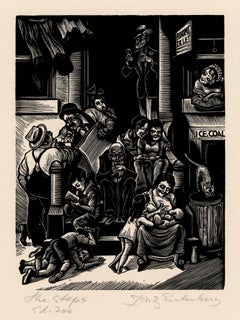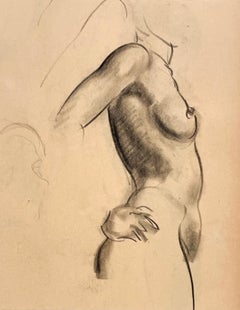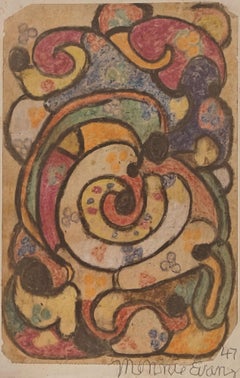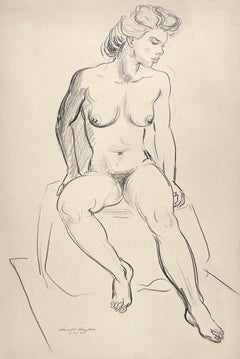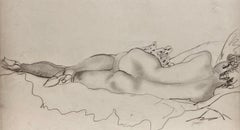American Modern Art
20th Century American Modern Art
Photographic Paper, C Print, Color, Digital
1930s American Modern Art
Woodcut
1930s American Modern Art
Paper, Charcoal
1940s American Modern Art
Paper, Crayon, Graphite
Mid-20th Century American Modern Art
Paper, Charcoal
1930s American Modern Art
Pencil
1940s American Modern Art
Canvas, Oil
20th Century American Modern Art
C Print, Photographic Paper, Color, Digital
Mid-20th Century American Modern Art
Gouache
1950s American Modern Art
Masonite, Oil
1930s American Modern Art
Lithograph
1970s American Modern Art
Offset
1950s American Modern Art
Ink, Paper
1930s American Modern Art
Paper, Charcoal
1950s American Modern Art
Lithograph
Mid-20th Century American Modern Art
Masonite, Oil
1960s American Modern Art
Watercolor, Archival Paper
1940s American Modern Art
Oil, Canvas
1930s American Modern Art
Watercolor
1930s American Modern Art
Drypoint, Etching
1960s American Modern Art
Offset
20th Century American Modern Art
Oil, Board
American Modern Art
Paper, Watercolor
1940s American Modern Art
Paper, Charcoal, Pastel
1930s American Modern Art
Woodcut
1930s American Modern Art
Watercolor
1940s American Modern Art
Gouache
1930s American Modern Art
Mixed Media
1980s American Modern Art
Offset
1930s American Modern Art
Paper, Pastel
1930s American Modern Art
Paper, Charcoal
1940s American Modern Art
Canvas, Board
Late 19th Century American Modern Art
Oil
20th Century American Modern Art
C Print, Photographic Paper, Color, Digital
1930s American Modern Art
Paper, Charcoal
20th Century American Modern Art
C Print, Photographic Paper, Color, Digital
Mid-20th Century American Modern Art
Paper, Charcoal
1960s American Modern Art
Offset
1950s American Modern Art
Paper, Ink
1930s American Modern Art
Paper, Charcoal
1970s American Modern Art
Bronze
1930s American Modern Art
Masonite, Oil
1950s American Modern Art
Oil
1950s American Modern Art
Offset
1970s American Modern Art
Masonite, Acrylic
1910s American Modern Art
Lithograph
1970s American Modern Art
Offset
Early 20th Century American Modern Art
Woodcut
Mid-20th Century American Modern Art
Masonite, Oil
1940s American Modern Art
Screen
1980s American Modern Art
Paper, Pastel
Mid-20th Century American Modern Art
Canvas, Oil
1930s American Modern Art
Masonite, Oil
1930s American Modern Art
Woodcut
Mid-20th Century American Modern Art
Gouache
21st Century and Contemporary American Modern Art
Mezzotint
1980s American Modern Art
Monoprint, Monotype
1970s American Modern Art
Metal
1940s American Modern Art
Watercolor
1930s American Modern Art
Paper, Charcoal

